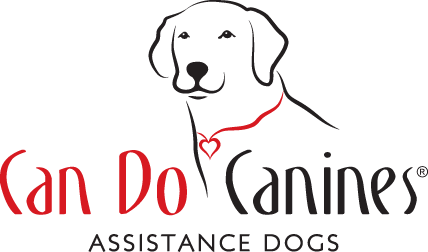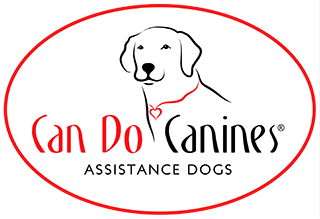What is a Slow-Feed Bowl, and How Do They Work?
Slow-feed bowls are specially designed feeding dishes that feature obstacles—such as raised ridges, grooves, or mazes—that require dogs to navigate around them to access their food. These clever designs slow down a dog's eating pace, promoting healthier digestion. Unlike traditional bowls that allow for quick consumption, slow feeders encourage dogs to take their time at mealtime.
Why We Might Need to Use Them
Many dogs eat too quickly, leading to digestive issues like bloating, choking, or vomiting. Rapid eating can prevent proper digestion and absorption of nutrients, creating long-term health problems. Slow-feed bowls offer a solution by encouraging dogs to eat at a more manageable pace.
Benefits to the Dog
1. Reduces Vomiting and Indigestion: Eating too fast can upset a dog's stomach, leading to vomiting. Slow-feed bowls help to slow down your dog's eating rate, easing the strain on their digestive system and reducing the likelihood of an upset stomach.
2. Reduced Risk of Bloat (GDV): Slower eating can decrease the risk of bloating, a potentially life-threatening condition, in breeds prone to it.
3. Mental Stimulation: The challenges presented by slow-feeders not only slow down eating but also provide mental enrichment, keeping dogs engaged and reducing boredom.
4. Safety: With smaller bites, there's less risk of choking, as dogs take their time to chew rather than inhaling their food.
Click here for an example of a dog eating too quickly.
How to Use Them Correctly
-
Choosing a Slow-feed Bowl: There are various styles of slow-feed bowls, each with different levels of difficulty.
-
Maze Design: Intricate pathways that dogs must navigate make mealtime an engaging challenge.
-
Ridge Style: Raised sections require dogs to pick food out from between them.
-
Puzzle Bowls: These interactive bowls incorporate elements that dogs must manipulate to access their food, providing additional mental stimulation.
-
Mix Up the Type of Bowl: Rotating different slow-feed bowls can keep mealtime exciting and enriching for your dog.
-
Monitor Their Eating: Observe how your dog interacts with the slow-feed bowl. Some dogs may try to chew on the bowl after finishing. It's important to promptly pick up the bowl to prevent this behavior.
-
Keep It Clean: Like any bowl, slow-feed bowls should be washed regularly to prevent bacteria buildup. Many are dishwasher-safe for easy cleaning.
Click here for an example of a dog eating from a slow-feed bowl. Slow-feed bowls are a simple yet effective tool for improving a dog’s eating habits. By encouraging slower eating, these bowls not only promote better digestion and health but also enrich the dog's mealtime experience. Using a slow-feed bowl can lead to a happier, healthier dog, transforming mealtime into an engaging activity.




